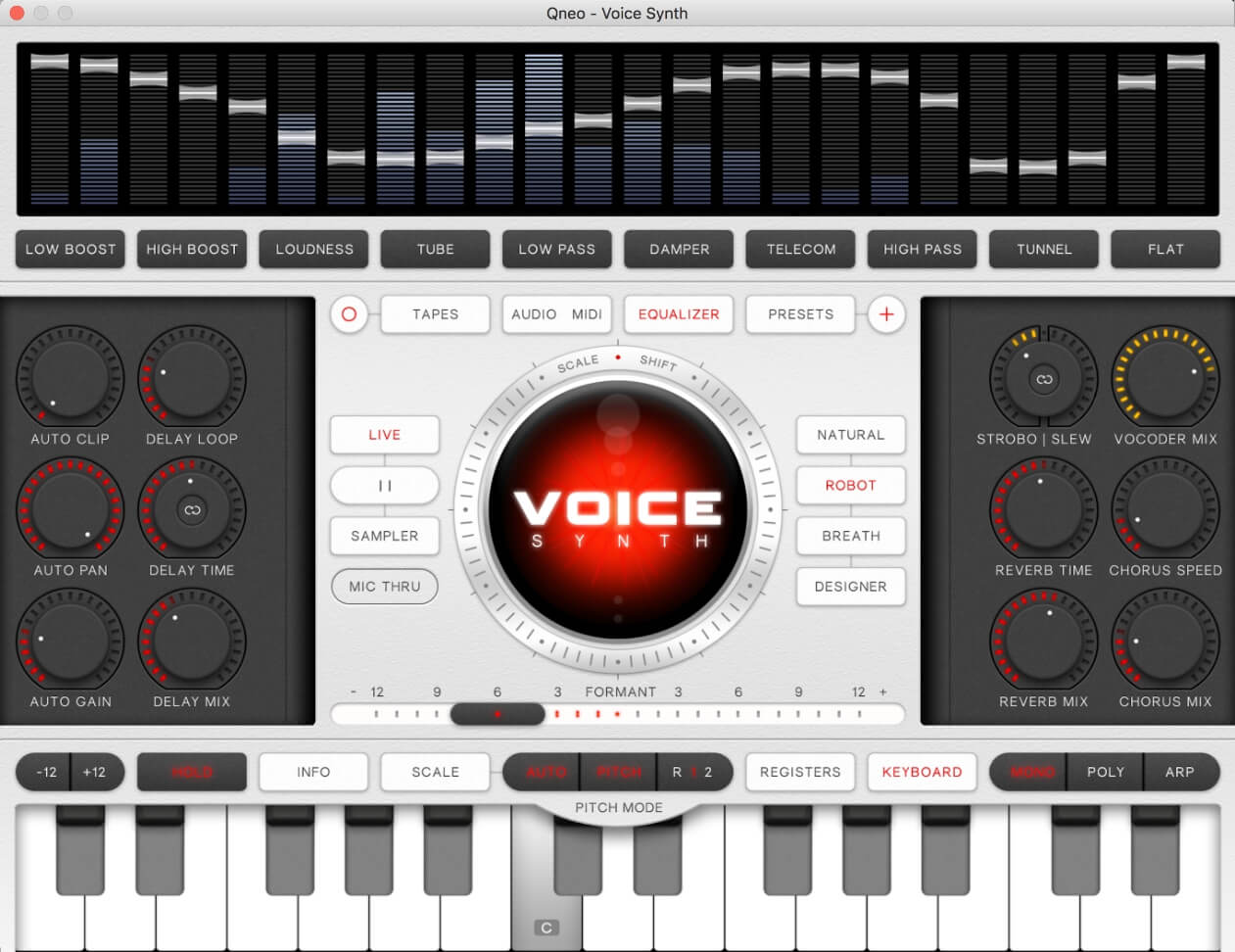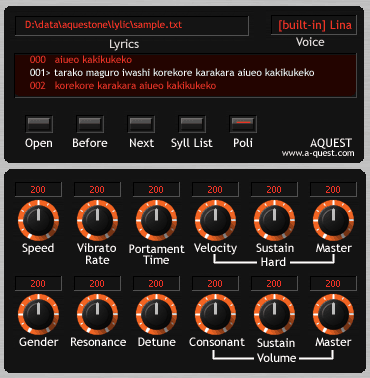

- #Robot voice synth vst how to#
- #Robot voice synth vst for mac os x#
- #Robot voice synth vst software#
- #Robot voice synth vst series#
#Robot voice synth vst series#
The modulator is run through a series of filter bands that are used to create an amplitude mapping of its most important characteristics. The carrier is the synthesized element of the vocoder. The modulator can be any audio source, though the most popular choice is to use a vocal. To help you out, we’ve put together a list of the 11 best vocoder VST plugins to use in 2017.īut first, let’s break down the different elements of a vocoder first.Ī vocoder consists of two main elements: the carrier and the modulator. There are a lot of vocoder VST plugins floating around the internet, but it can be tough to figure out which ones are worth using. You can even use them to create experimental sounds like tuned percussion, or you can add otherworldly textures to any piece of audio. While vocoders are best known for making robots sing, there are plenty of other ways you can make use of them in your productions.įor bass music producers, they can be a great way to add vowel sounds to your bass patches. One of the most well known examples of a vocoder would be Daft Punk’s “ Free Voice Vst Plugins Harder Better Stronger Faster.” In fact, the vocoder used by the French house duo is a big part of what made that song so iconic. It can be the perfect way to add some flare to a dull performance. This has the effect of making vocals sound robotic and inhuman. Simply put, a vocoder is a device that is used to synthesize the human voice. Definitely worth a download if you’re tryna get funky.Ĭheck out below for some vocal synthesis inspiration.When it comes to vocal processing, one of the most interesting effects you can use is any kind of vocoder VST plugin. While VST Speek is not the only way to achieve a robo voice, it’s free and easy to use. Today, there are many ways to achieve a robotic sound to your voice, including: the talk box (think “California Love” by 2Pac), pitch correction (think Daft Punk and T-Pain), ring modulation, and speech synthesis. So, from international espionage to straight funk-ification, the robot voice has come a long way.Ī man (Robert Moog) and his vocal synthesizers.

In the 80’s it’s usage took off in popular music, and in the 90’s it played a prominent role in rave and techno songs. In the 60’s, Robert Moog developed the first musical vocoder for an electronic music studio at the University of Buffalo. It was then invested in heavily by the US military during WWII when it was used a means to disguise the voices of army officials. To place this VST in some context, the “robo voice” was first achieved by the vocoder, which, in it’s most rudimentary form, traces all the way back to the1930s, where it was used as a way to improve telecommunication.
#Robot voice synth vst how to#
If you’re unsure about the differences between VSTs and AudioUnits, or how to download, check this page out. You may also edit parameters such as pitch, speed, mouth, and throat. Download here for Windows and here for OS X. Once downloaded, all you have to do is type your text in the textfield and click “speak.” You may trigger voice with MIDI notes, and the plugin is sensitive to MIDI velocity and pitch bend.
#Robot voice synth vst for mac os x#
It is available for Mac OS X 10.6 – 10.8 and Windows in both 64 and 32 bit.

It is a free vocal synthesis device that transforms text into old skewl robotic speech.
#Robot voice synth vst software#
This plugin is a recreation of the Software Automatic Mouth (SAM) vocal synthesis software that was created by Softvoice Inc for the Commodore 64. Get your inner robot on with the Text to Speech VST: VST Speek. Move over, Siri, there’s more than one talkin’ robot in town. VST Speech – Text to Speech VST (Free Plugin)


 0 kommentar(er)
0 kommentar(er)
